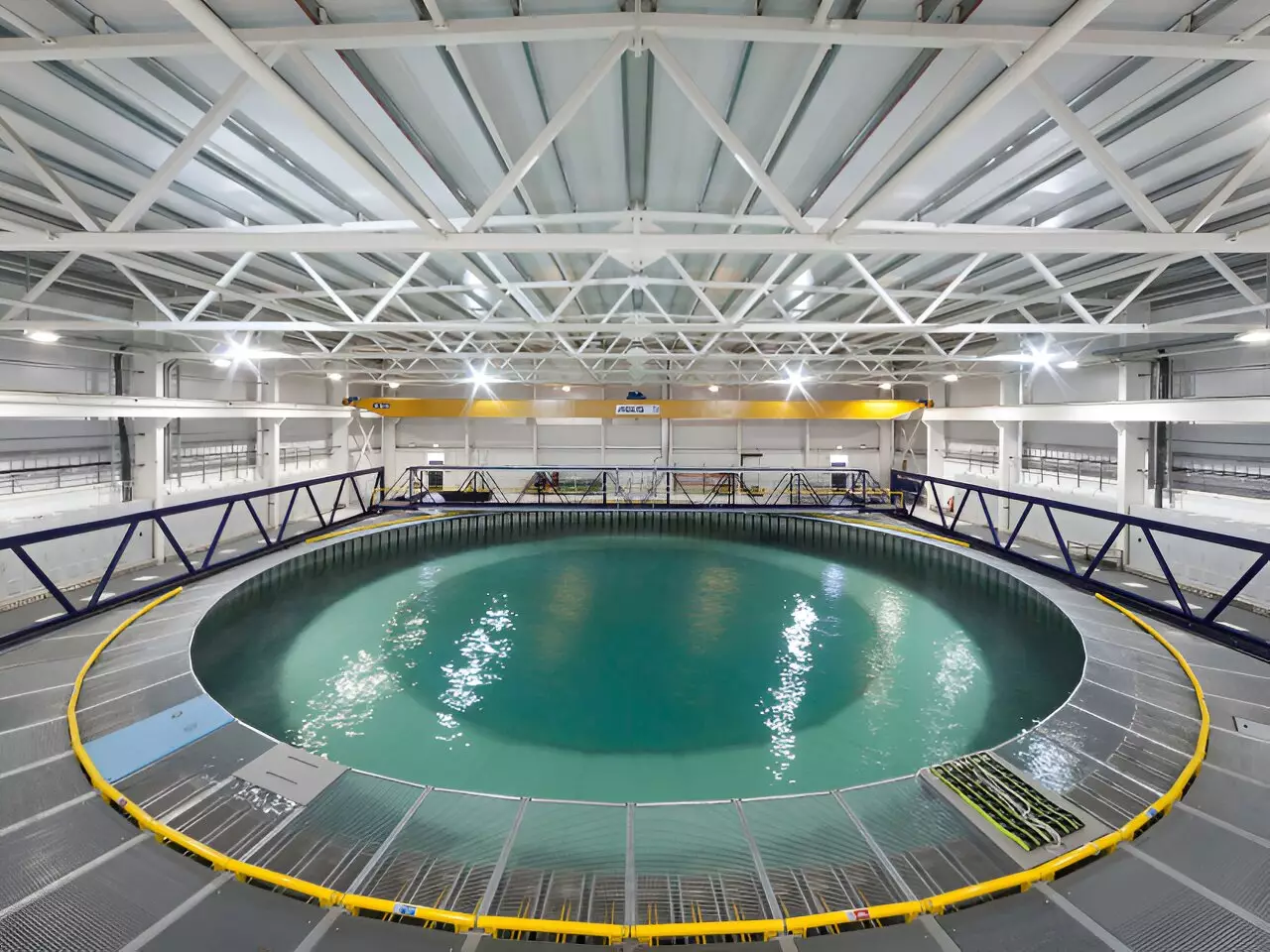Recent research has unveiled a groundbreaking understanding of ocean waves that could fundamentally alter our perception of their behavior. A team of scientists, including notable figures such as Dr. Samuel Draycott from The University of Manchester and Dr. Mark McAllister from the University of Oxford, has uncovered phenomena indicating that ocean waves can exhibit extraordinary complexity and height under specific conditions. This study, published in the esteemed journal Nature, reveals that waves can become four times steeper than previously acknowledged when they interact with one another from varying directions. This new revelation challenges long-held assumptions about wave dynamics and could have extensive ramifications for engineering, forecasting, and ecological modeling.
Traditionally, scientists have relied on a two-dimensional understanding of ocean waves. This simplification has informed both academic inquiry and practical applications, such as maritime engineering. However, the research highlights that in real-world scenarios, waves often propagate in three dimensions, resulting in more intricate and severe wave formations. The investigation points out that these multidirectional waves are capable of surpassing the previously established heights before they break. For example, waves with high directional spreading can continue to grow in height even after reaching the breaking point—a phenomenon unseen in simpler wave models.
Dr. Draycott emphasizes the significance of this three-dimensionality: “Unlike unidirectional waves, multidirectional waves can become twice as large before they give way.” This insight not only redefines our theoretical frameworks but also suggests that current design rules may be grossly inadequate in addressing the realities of wave behavior.
Given that many offshore structures rely on outdated two-dimensional models, the study raises critical questions about their safety and reliability. Dr. McAllister notes, “The three-dimensional nature of waves has often been overlooked in the design of offshore wind turbines and other marine structures. This oversight could result in an underestimation of extreme wave heights, posing a risk to infrastructure.” The research team’s findings could spur a re-evaluation of safety features in marine engineering, ultimately leading to innovations designed to withstand the unpredictable nature of extreme wave conditions.
Beyond engineering considerations, these insights may have applications in predicting storm impacts, vital for enhancing coastal safety. In regions vulnerable to severe weather patterns, understanding how waves interact in three dimensions could inform better emergency preparedness protocols.
Environmental and Ecological Significance
The consequences of this new understanding extend into ecological realms as well. Wave breaking plays a critical role in air-sea interaction, influencing the exchange of gases such as carbon dioxide. The study indicates that these newly recognized wave behaviors might affect the transport of essential biological materials—such as phytoplankton and microplastics—throughout oceanic systems.
As the climate crisis persists, more advanced models of wave dynamics may prove invaluable in understanding ocean health and resilience. Dr. Dias succinctly states, “In nature, water waves more frequently exhibit three-dimensional characteristics than previously acknowledged.” Recognizing and adapting to these complexities may become vital for addressing the ecological challenges faced by our oceans.
The research leverages new measurement techniques developed for analyzing breaking waves in a laboratory setting, notably at the FloWave Ocean Energy Research Facility in Edinburgh. The facility’s capability to replicate real-world sea conditions on a manageable scale allows researchers to uncover essential wave behaviors that inform both theoretical studies and practical applications.
Dr. Thomas Davey from FloWave asserts the importance of creating more nuanced models: “By utilizing the multidirectional capacities of our wave basin, we’re able to isolate significant wave breaking behaviors that conventional methods would miss.” This continual evolution in experimental methodologies signals a promising future for oceanographic research, one that prioritizes the complexities of wave behavior.
The implications of these findings stretch far beyond academic curiosity. As the scientific community embraces the complexities surrounding ocean waves, there is an immense opportunity to improve marine infrastructure, environmental conservation efforts, and climate modeling. Understanding the dynamic nature of ocean waves may unlock novel strategies to confront the challenges posed by climate change and human activity on our oceans. This research not only illuminates the existing gaps in our wave dynamics knowledge but also heralds a new era for marine science, engineering, and environmental stewardship.

